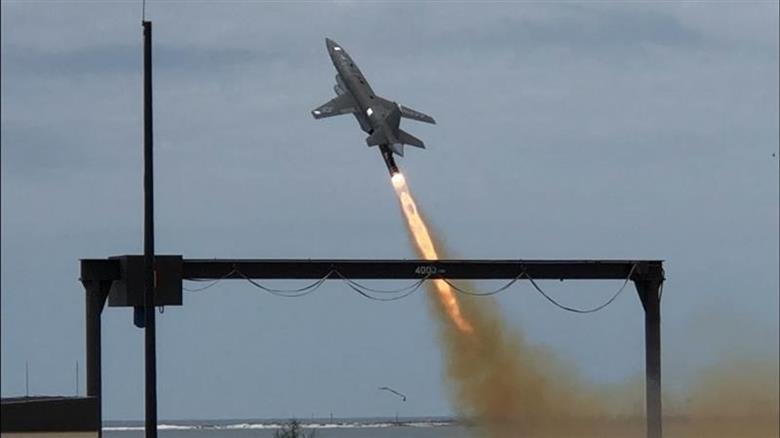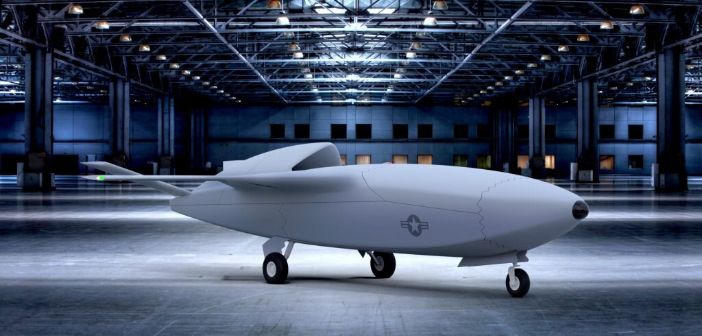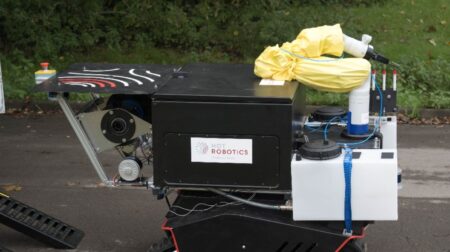The United States Air Force has successfully completed a test flight of its unmanned aerial vehicle (UAV), operating on an autonomous hardware and software suite.
Late last month, the air force carried out the trial with a Kratos UTAP-22 Mako equipped with a bespoke autonomy system. The team said this is one step closer to fielding an uncrewed “loyal wingman” for human pilots.
During a two-hour and 10 minute flight test held at Tyndall Air Force Base, Florida, the UTAP-22 equipped with the Skyborg autonomy core system (ACS) performed a serious of basic flight manoeuvres to demonstrate the safe operation of the system.
The ACS is a package of hardware and software that effectively acts as the brains of the Skyborg aircraft, allowing the drone to conduct operations without the need of a human pilot.
According to the air force, the ACS demonstrated basic aviation capabilities and responded to navigational commands. It also reacted to geo-fences, adhered to aircraft flight envelopes and demonstrated coordinated manoeuvring.
The Skyborg test was monitored from several unspecified airborne and ground command and control centres.

Dale White, the Air Force’s program executive officer for fighters and advanced aircraft, said: “We’re extremely excited for the successful flight of an early version of the ‘brain’ of the Skyborg system. It is the first step in a marathon of progressive growth for Skyborg technology.
“These initial flights kick-off the experimentation campaign that will continue to mature the ACS and build trust in the system.”
The air force added it intends to field a family of Skyborg drones capable of operating alongside tactical aircraft like the F-35 and F-15EX. It aims for future use of the Skyborg UAV to include taking on missions too risky for human pilots.
It is working with three aircraft manufacturers to deliver Skyborg prototype drones that will be configured with the ACS for tests later this year.
Boeing, General Atomics and Kratos are expected to deliver their first prototypes by the end of May.








